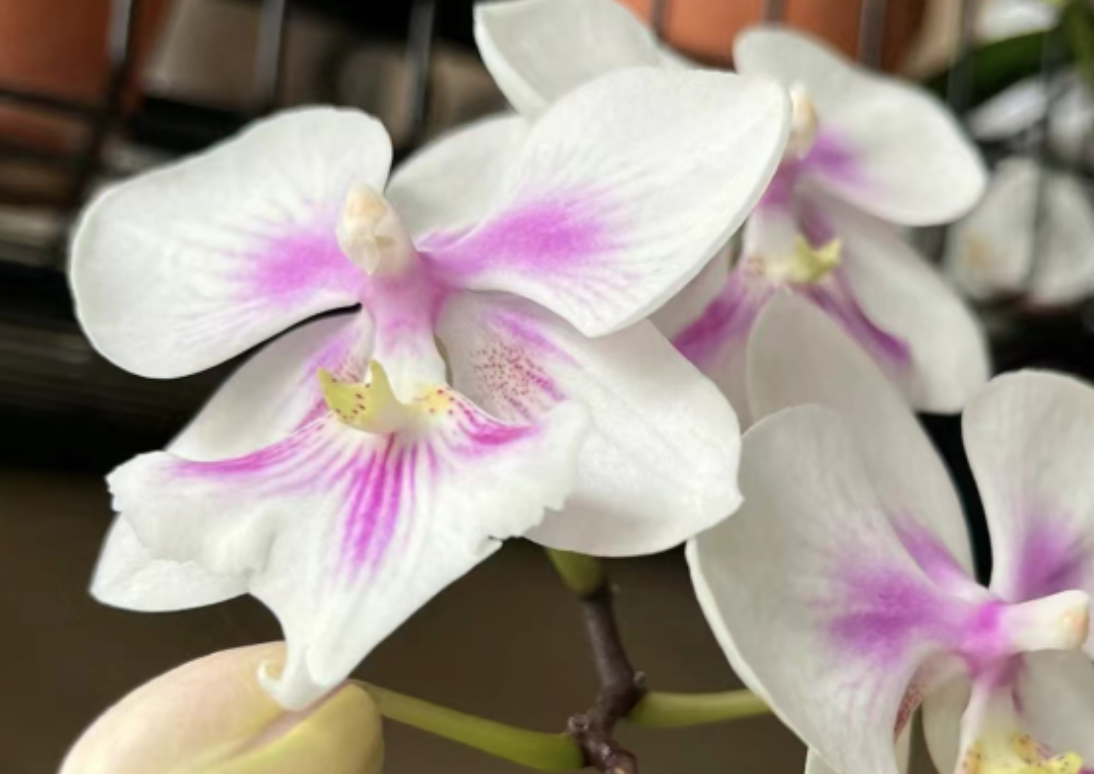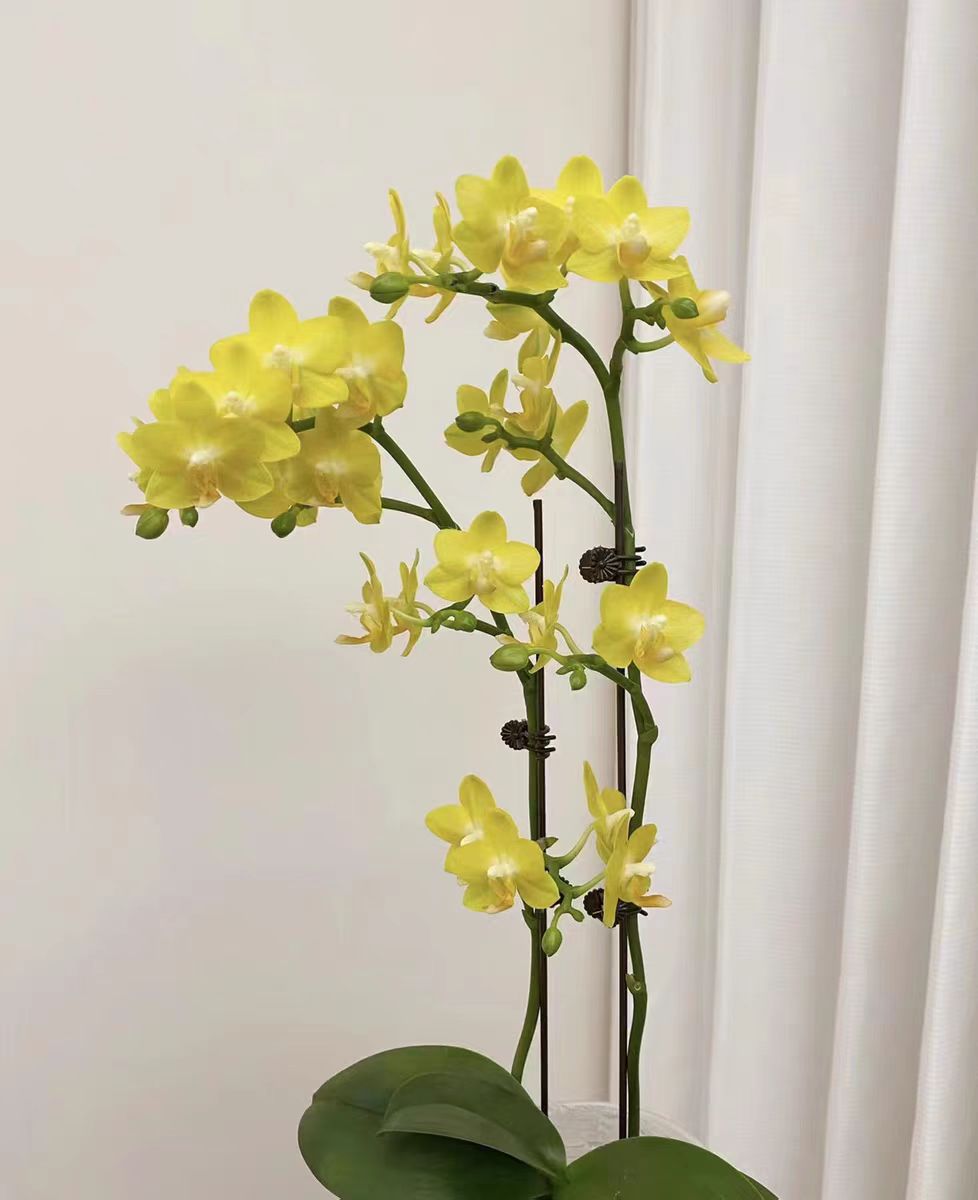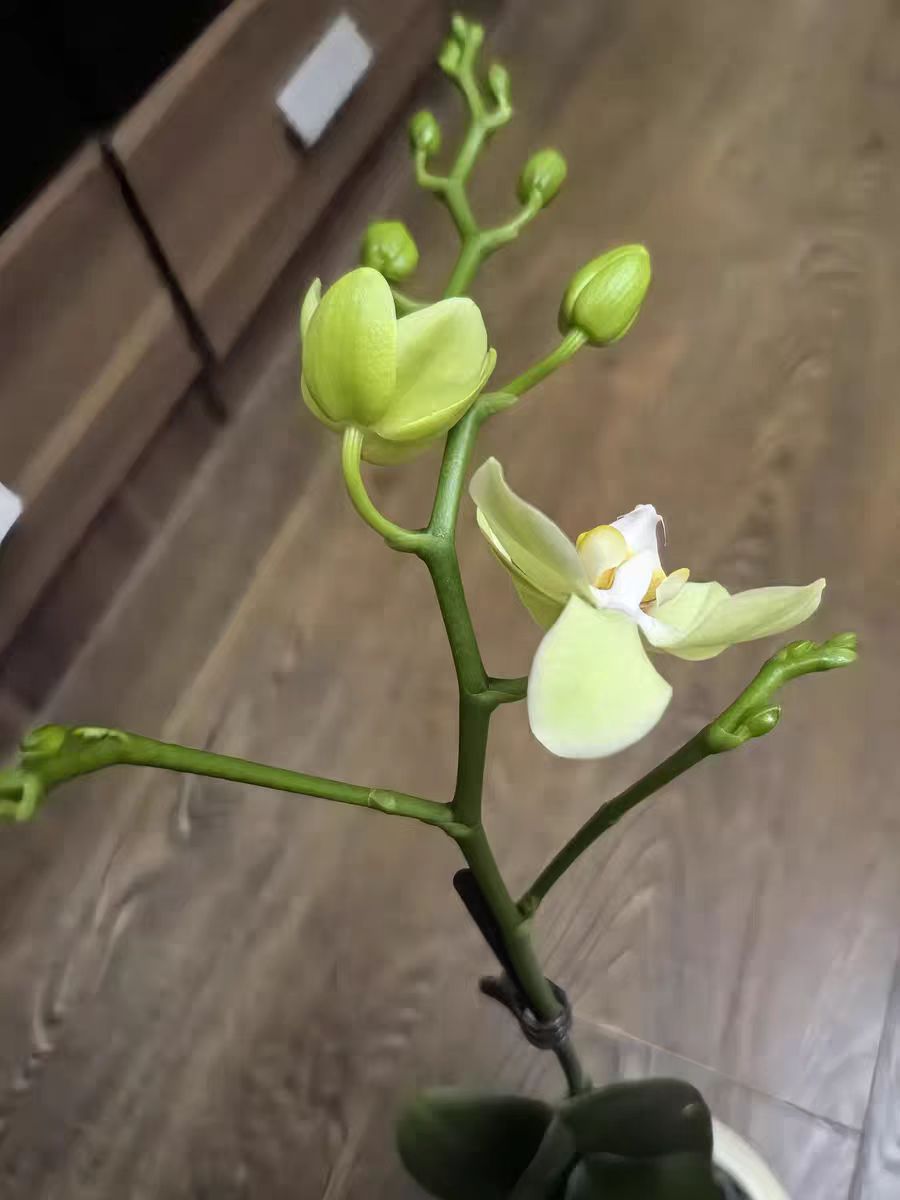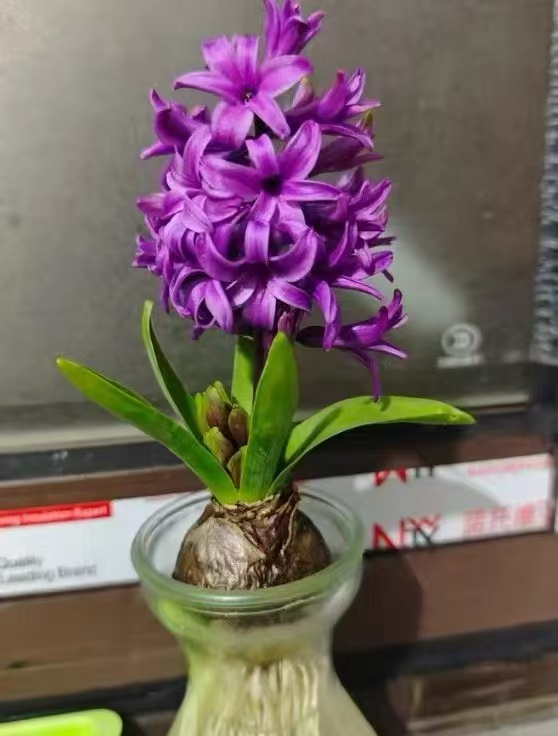During the Spring Festival every year, Phalaenopsis is definitely the best-selling flower, just because it has bright colors, a wide variety of species, and a festive meaning. So, in the daily maintenance of Phalaenopsis, how can we ensure its healthy growth? What are the key points to master in fertilization? The following is a brief maintenance guide for everyone.
Generally speaking, fertilization is one of the key points that many novice flower lovers tend to overlook. If it is left unchecked for a long time, the growth of Phalaenopsis will slow down, and at the same time, there will be malnutrition phenomena such as yellowing leaves. Therefore, fertilization is important, but it is also necessary to reasonably grasp the fertilization frequency. Specifically, you can look at its roots. If the root grows fast and consumes a lot of nutrients, fertilize it every 7-10 days. But if the root grows slowly, you need to extend the fertilization frequency, because giving too much fertilizer at this time may cause problems such as overnutrition and root rot in its roots.
When fertilizing, it is recommended to directly choose a special orchid nutrient solution. It is not recommended to buy randomly, because the special nutrient solution usually has added various trace elements needed for the growth of Phalaenopsis, including the formula and concentration used are specially modulated, which can perfectly support its comprehensive nutrition supply. But if you buy a non-special one at home, it is difficult to control whether the concentration is too high or too low during the fertilization process. If it is too concentrated, salt accumulation will occur, resulting in reduced soil permeability, thereby damaging the delicate roots. If it is too low, it cannot meet the growth needs of Phalaenopsis, resulting in malnutrition. Therefore, choosing fertilizer is also one of the key points.
Finally, during the fertilization process, do not hold the watering can high and sprinkle it on the top of the plant. Instead, slowly irrigate from the side of the soil. At the same time, be sure to irrigate evenly to avoid concentrating the nutrient solution on the roots of the plant. You can also choose to wet the nutrient solution on a tissue and gently wipe it on the leaves of Phalaenopsis, trying to ensure that each part can obtain sufficient nutrition. In addition, the fertilization time can be selected in spring and summer, and fertilization should be appropriately suspended in winter, because Phalaenopsis has entered dormancy at this time and has a reduced need for nutrients.
The correct way to fertilize Phalaenopsis during its flowering period

Share with
Tagged in :




Leave a Reply